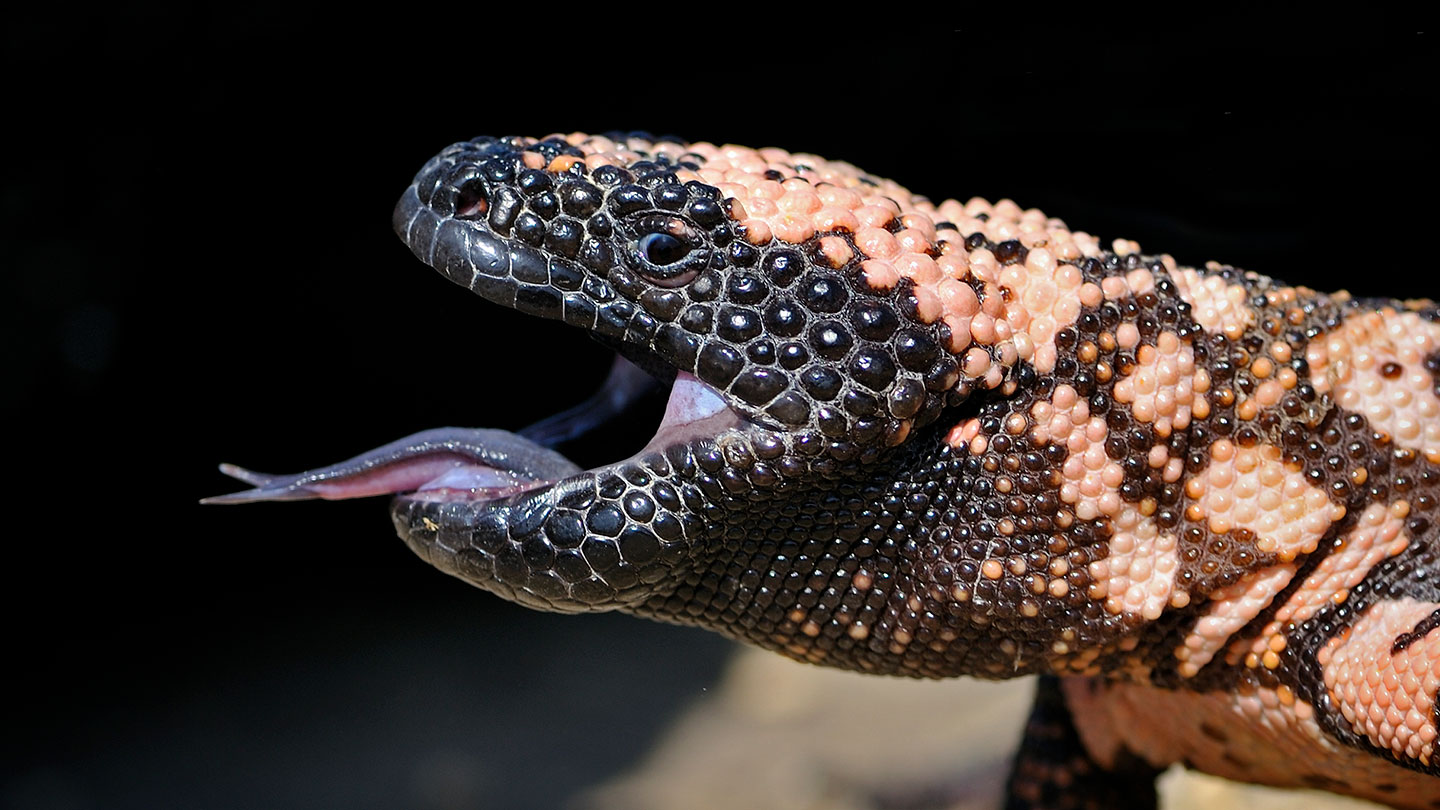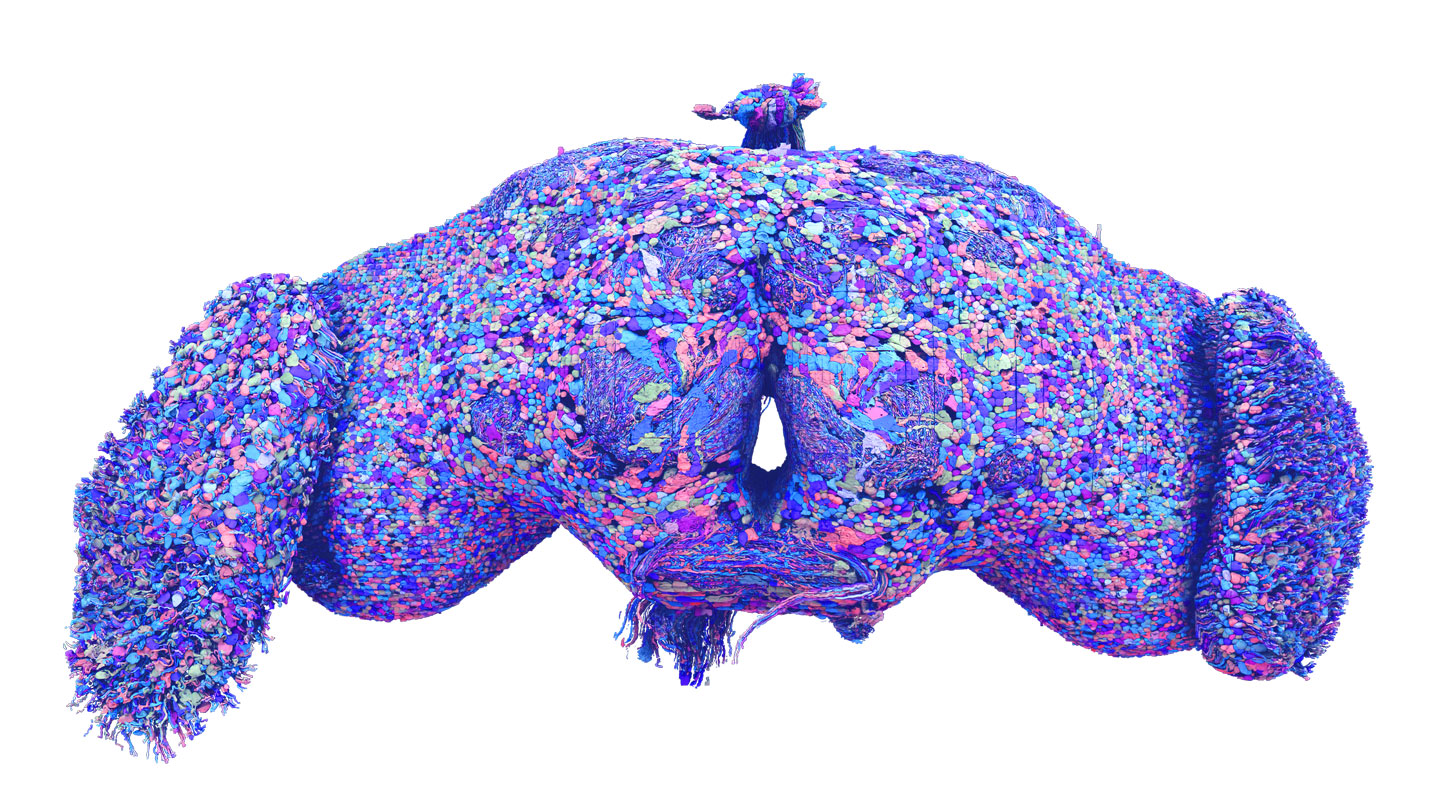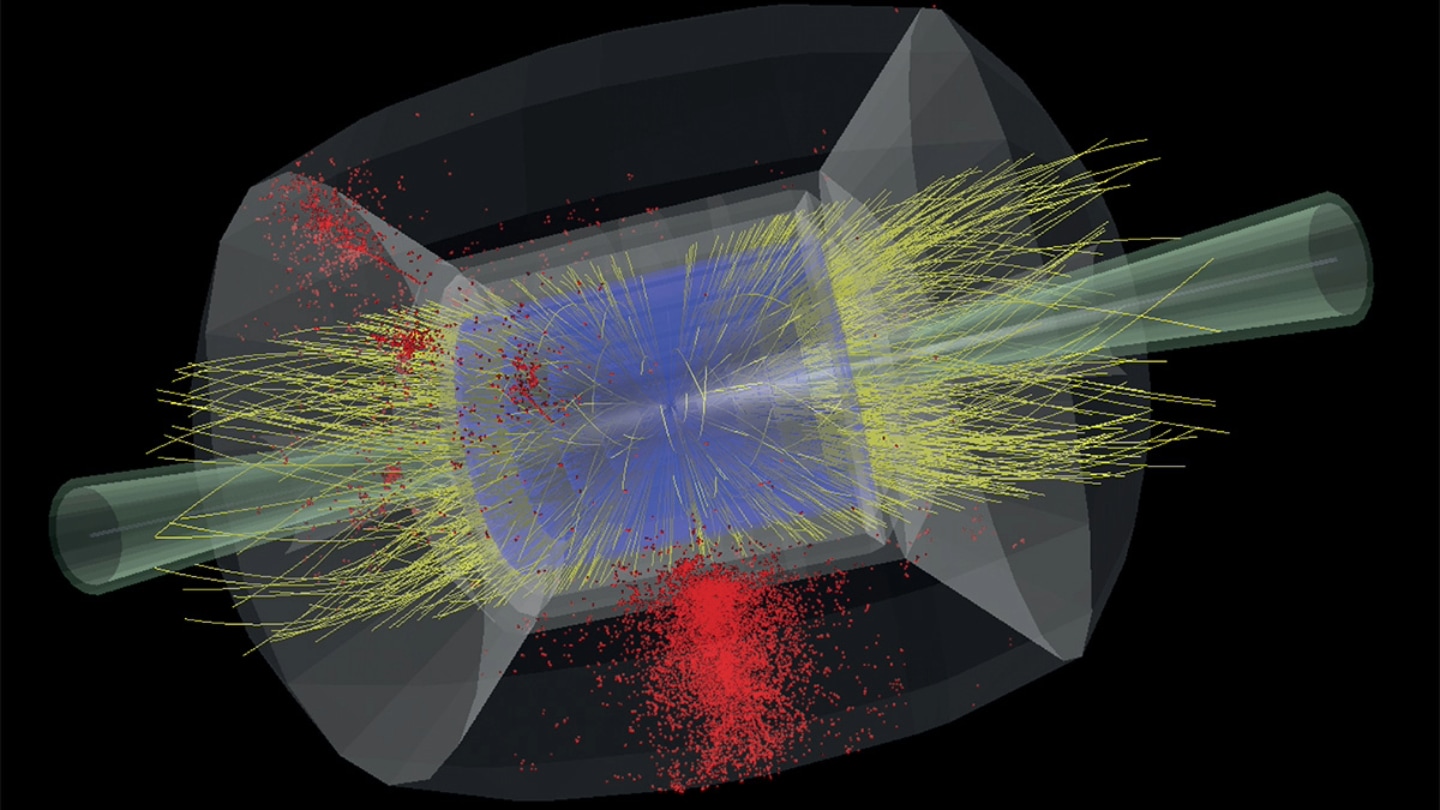Rates of cervical cancer have decreased since a vaccine for human papillomavirus, or HPV, was introduced in 2006 (SN: 10/6/08). Now, a new study is the first to show a steep decline in cervical cancer deaths among the first women who were eligible for that vaccine in the United States.
“We had a hypothesis that since it’s been almost 16 years, that maybe we might be starting to see [the] initial impact of HPV vaccination on cervical cancer deaths,” says Ashish Deshmukh, an epidemiologist at the Medical University of South Carolina in Charleston. “And that’s exactly what we observed.”
Deshmukh emphasizes that he and colleagues can’t say for certain that the vaccine is responsible for the decline in deaths, which the team reports November 27 in JAMA. That’s because it’s unclear whether the women in the study cohort were, in fact, vaccinated.
The HPV vaccine can prevent up to six HPV-related cancers: cervical, vaginal, vulvar, penile, oropharyngeal and anal (SN: 4/28/17). Deshmukh’s team analyzed specifically cervical cancer mortality data from 1992 to 2021 for women younger than 25.
Grouping the data into three-year periods, the team found a gradual decline of cervical cancer deaths of almost 4 percent per period through 2013–2015. In that last period, there were about 0.02 deaths per 100,000 people. The steady drop might be due to improved prior prevention and screening methods for cervical cancer, the researchers speculate.
Then, over the six subsequent years, the team saw a dramatic reduction in mortality of just over 60 percent. By the 2019–2021 period, the rate had dropped to about 0.007 deaths per 100,000 people.
“They’re seeing this precipitous drop in mortality at the time that we would be expecting to see it due to vaccination,” says health economist Emily Burger of the University of Oslo. “Ultimately, we hope we are preventing mortality and death [with the introduction of vaccines], and this study is really supporting that conclusion.”
That takeaway is bolstered by another study, published in the June Journal of the National Cancer Institute, that found zero cervical cancer cases in a group of women who received the HPV vaccine when they were age 12 or 13.
The new findings are important because the mortality drop is among only young women, Deshmukh says.
“Cervical cancer is still very rare in this age group. And when we look at other age groups — women who are in their 30s and 40s — the incidence is much greater,” Deshmukh says. “The impact that we are seeing is a [preview] of what we might observe in the next 20 to 30 years if we continue to improve vaccination rates.”
But since the COVID-19 pandemic, HPV vaccination rates in the United States have stagnated. Among adolescents ages 13 to 17 with at least one dose, rates were nearly 77 percent in 2022 and 76 percent the following year, the Centers for Disease Control and Prevention reports. The Department of Health and Human Services says its aim is to reach an HPV vaccination rate of 80 percent among this age group by 2030.
“When we look at HPV vaccination coverage in the U.S., we haven’t reached our goal,” Deshmukh says. “We have to do better in terms of improving vaccination rates.”
*
Source link




